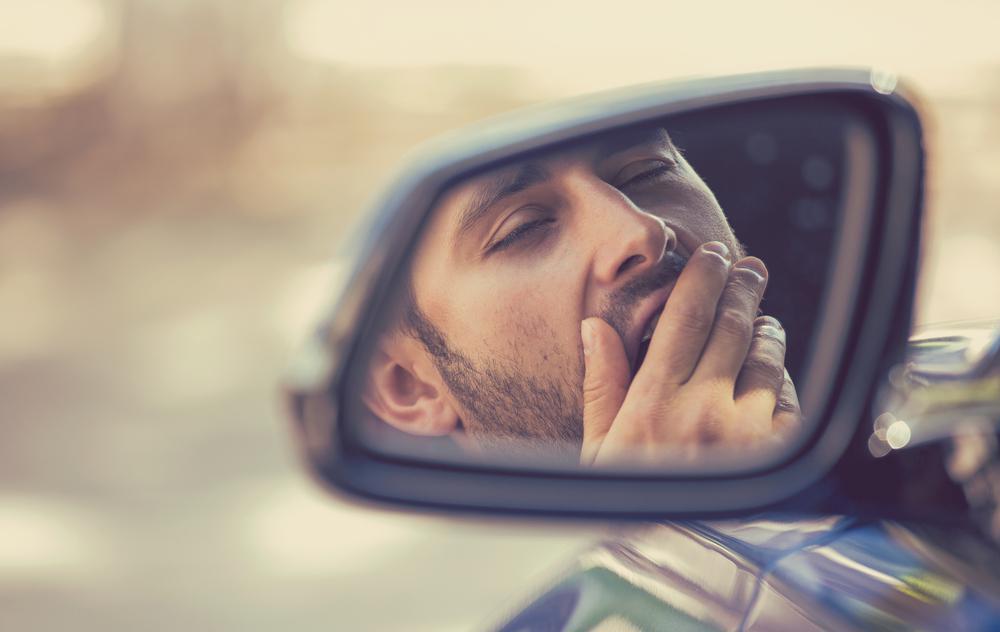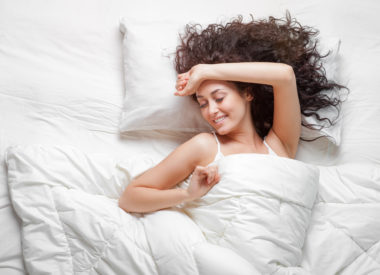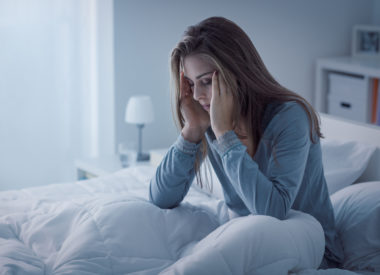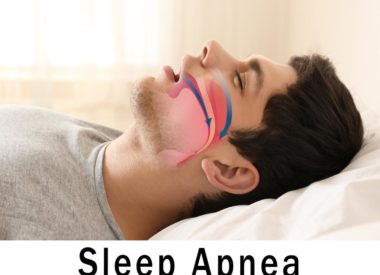What is the Maintenance of Wakefulness Test?
One of them is used to measure how easy it is for some to stay awake, as opposed to fall sleep.
What is a Maintenance of Wakefulness Test (MWT)?
This particular daytime sleep study actually measures sleepiness in patients who must try to stay awake for a length of time while sitting in a quiet, relaxing, stimulation-free environment.
The test takes place during the day in a sleep center, starting a couple of hours after normal wake time, then proceeding until completed by the afternoon.
How is the test conducted?
The MWT follows a specific protocol in which patients are asked to sit in a comfortable, dimly lit bedroom for 4 to 5 separate trials of up to 40 minutes each (with trials separated by 2 hours). They are asked to sit still and look forward, and they are not allowed to do anything that could help them to stay away (such as sing, do jumping jacks, or pinch themselves).
The patients are hooked up to various sensors which trace any changes in brain wave patterns, eye movements, and heart rate to indicate the measurable transition from wakefulness to sleep.
Most people who do not have daily problems with excessive sleepiness can pass this test easily. They simply sit in the chair for all of the trials and stay awake.
However, people with excessive daytime sleepiness (such as people with narcolepsy or obstructive sleep apnea) often fall asleep. Once they do this, and they maintain sleep for at least 90 seconds, that trial period has ended.
Who participates in an MWT?
This particular kind of diagnostic test is reliable for identifying the presence of hypersomnolence as well as its severity.There are two main populations of patients who may be asked to undergo the MWT.
Patients getting treatment for sleep disorders that lead to excessive daytime sleepiness take this test to determine the success of their therapy. Sleep specialists can adjust their therapies as necessary, based on the results.
The test is also used to determine the fitness of those working in jobs in which falling asleep is a grave threat to safety.
This includes all workers in the field of transportation (automobiles, planes, boats, trains, etc.) and those who operate heavy equipment and machinery.
Workers with obstructive sleep apnea (OSA), for instance, may be required by their employer to participate in a regular MWT to verify they are compliant with their therapy.
This is to ensure that they are aware and alert while operating a vehicle of other piece of dangerous equipment.
What happens when someone does not pass the MWT?
Up to 60 percent of people typically pass this test by staying awake for the entire 40 minutes during 4 trials.However, if a person taking the MWT falls asleep during the test, their result (whether they pass) depends upon how quickly they do so.
Nearly 98 percent of all participants stay awake for up to 8 minutes or more on average during their trials; therefore, those who fall asleep at an average of 8 minutes or less will have an abnormal test result.
In some cases, “failing” the MWT simply means a patient needs to increase their therapy to combat their daytime hypersomnolence.
However, for those taking the test due to employment regulations, a failing test may mean they are placed under supervision or otherwise removed from their job until they can make changes to correct their problems with staying awake.
Employers and state agencies all have different policies with regard to drowsy driving and negligence when it comes to operating any kind of heavy machinery.
Some pilots and truck drivers commonly and voluntarily take these tests as part of their job, as a preventive measure. Their employers follow an established protocol to test and identify safety risks and help those workers who cannot pass the MWT to improve their health situations so they can continue to work.
But other kinds of workers, such as cab drivers or others who work independently, may also have restrictions placed on them by the agencies which govern their businesses if they are shown to be a safety risk.
Then, they must prove they have their sleep disorders treated and that they are able to stay awake while at work.
In some cases, physicians who are aware of patients who drive or operate machinery, who are not yet treated for specific kinds of sleep disorders, or who are noncompliant with their therapies, are legally obligated to report them to the Department of Motor Vehicles as these people potentially present a huge safety risk to themselves and others.
Why does the MWT matter?
Fixing excessive daytime sleepiness is not simply a matter of getting enough coffee during the day. Hypersomnolence is a real problem with real consequences.
Alertness on the road and in the workplace is a major concern for public health and safety. Drowsy driving and workplace accidents caused by sleepiness cost American employers, workers, and insurance companies tens of billions of dollars annually.
According to the Centers for Disease Control, sleep deprivation has become a public health epidemic, even surpassing obesity as a high-risk problem for all Americans.Some of the major causes of sleep deprivation are linked to untreated or undetected sleep disorders like OSA, narcolepsy, and insomnia, or to excessive somnolence caused by other chronic health problems, both which are often ignored or left untreated.
If you experience irresistible bouts of sleepiness, you need to consult with your primary care physician or sleep specialist to identify the root cause.
It is especially important to do so if you work in a field where you run the risk of falling asleep while operating any kind of heavy machinery (including, but not limited only to, vehicles). Please remember: it’s better to be safe than sorry.
Sources:
American Academy of Sleep Medicine
Centers for Disease Control
National Institutes of Health
SLEEP



